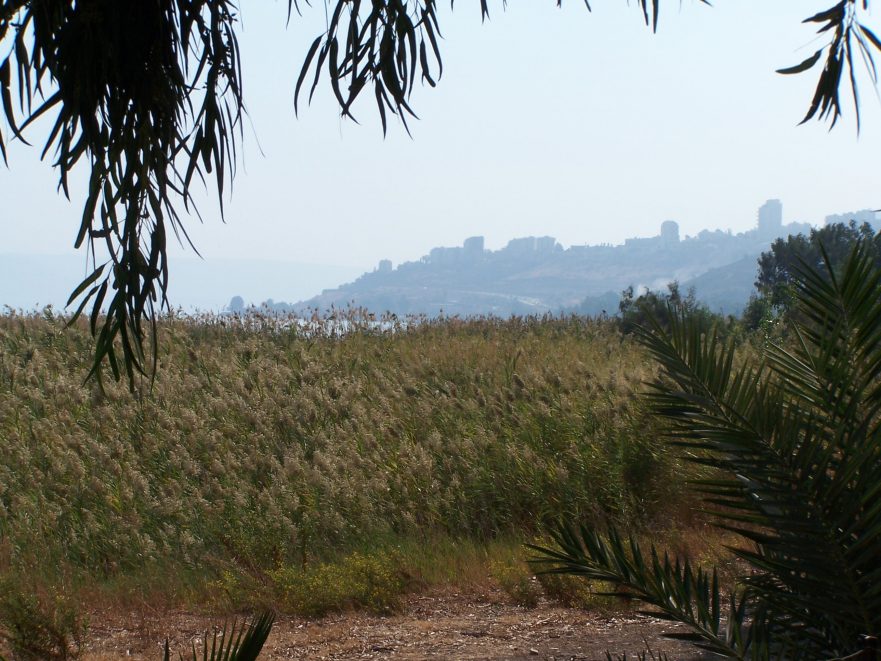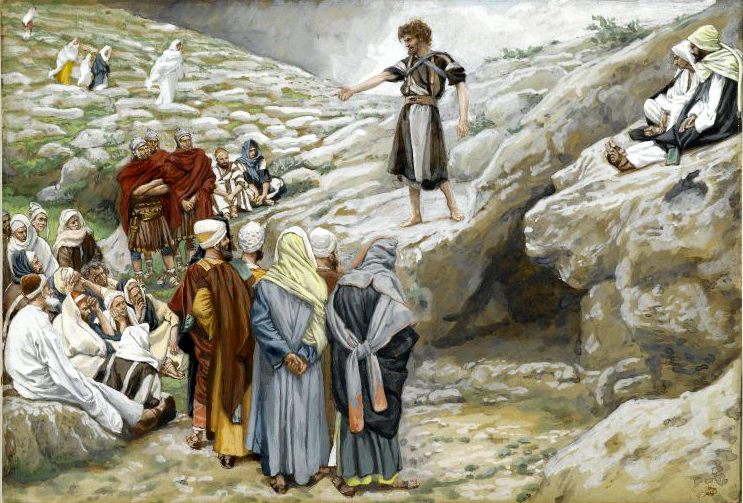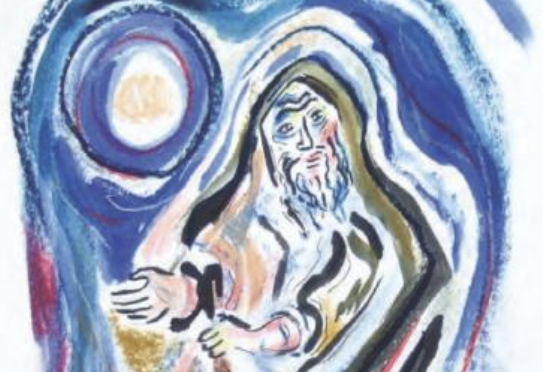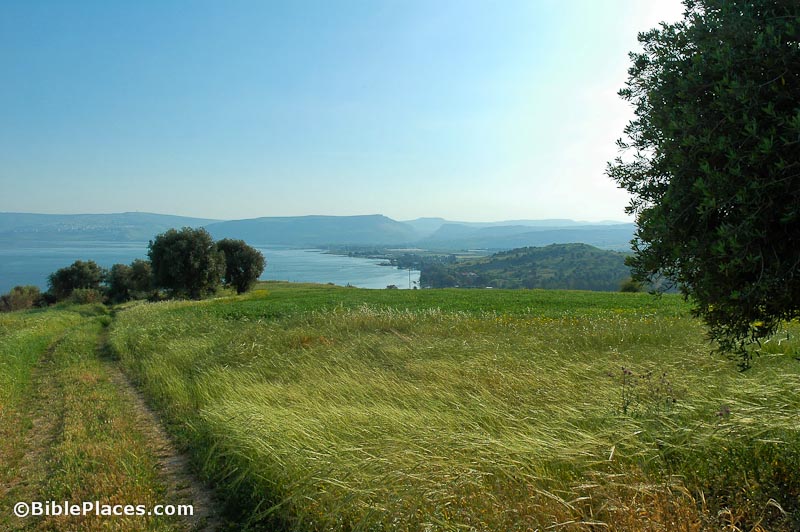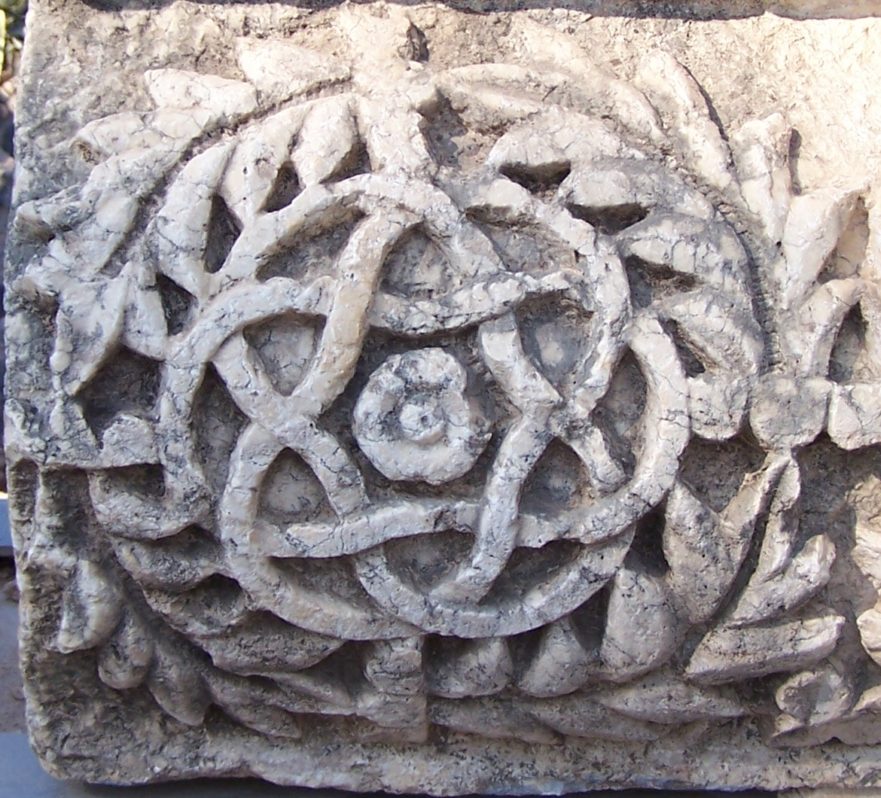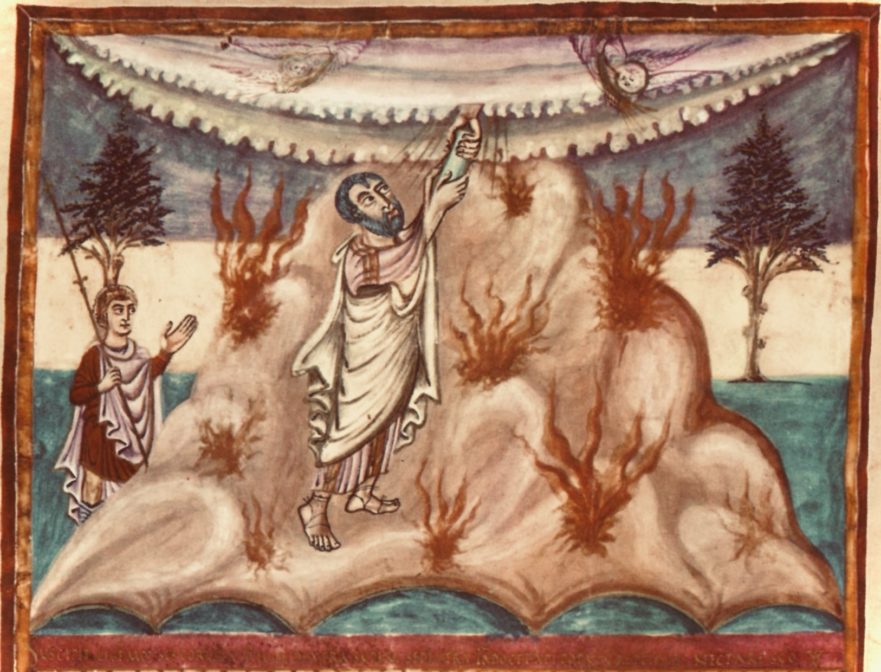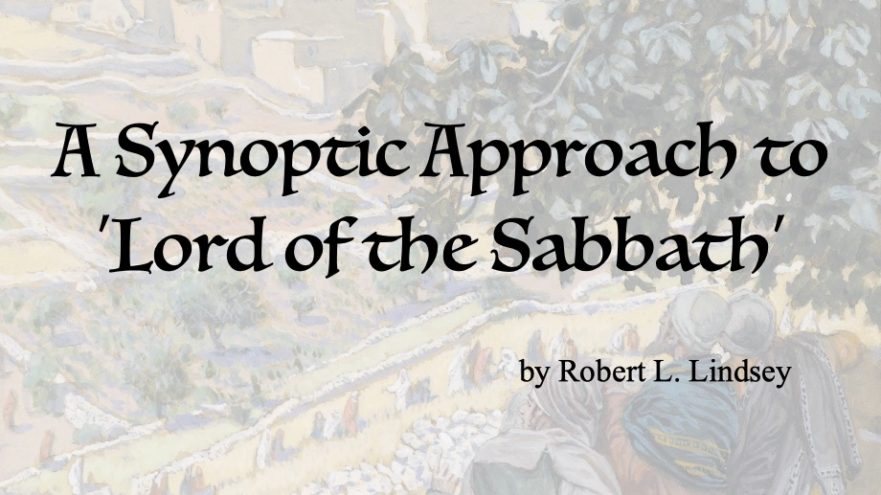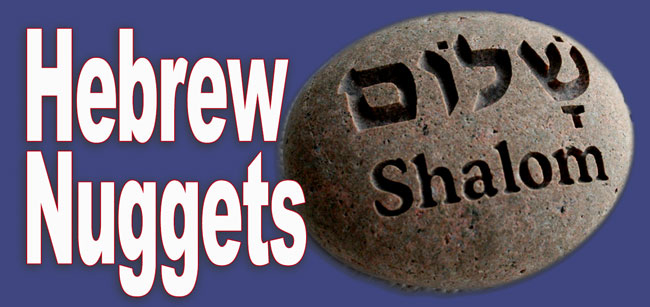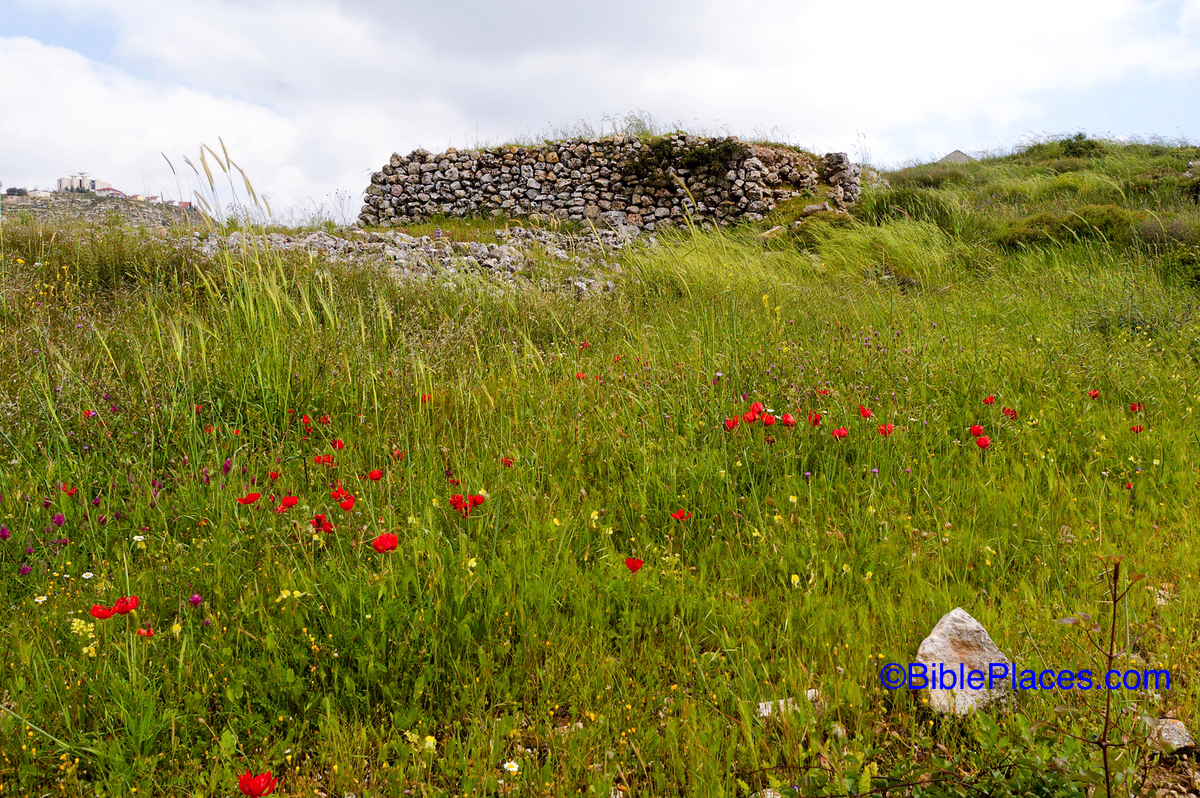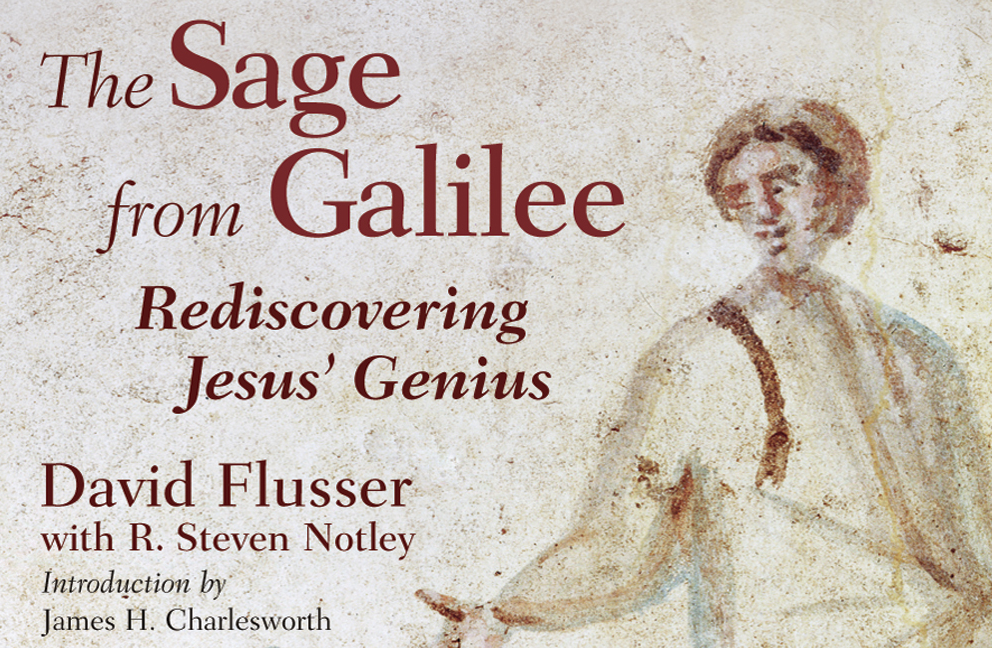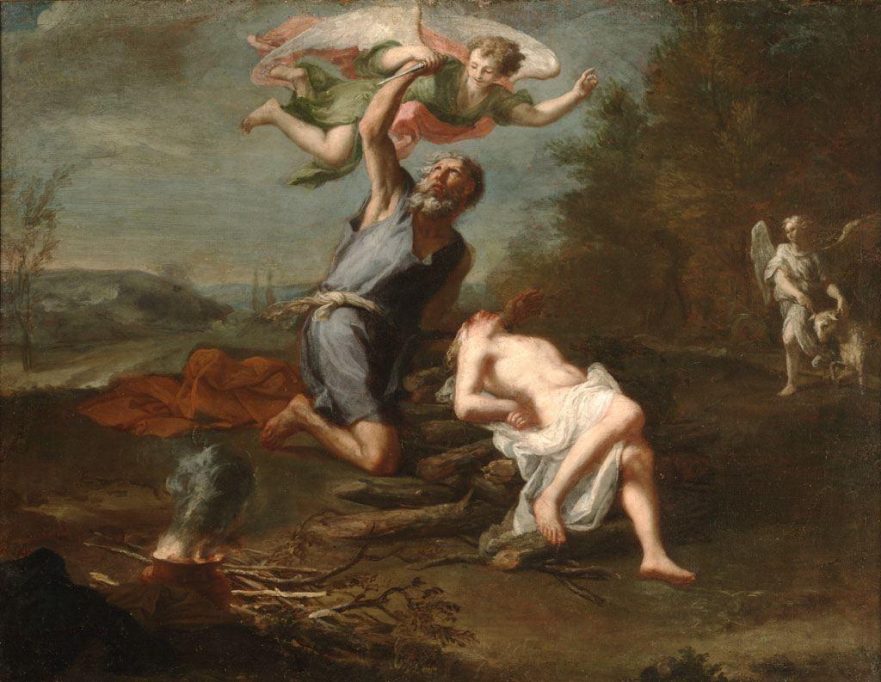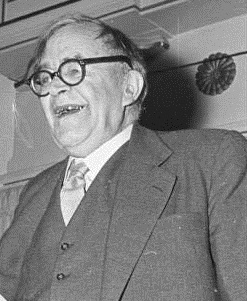Matt. 11:7-11; Luke 7:24-28
(Huck 65, 82; Aland 107; Crook 123)For abbreviations and bibliographical references, see “Introduction to ‘The Life of Yeshua: A Suggested Reconstruction.'” Revised: 2 March 2022
וְכֵיוָן שֶׁהָלְכוּ מַלְאֲכֵי יוֹחָנָן הִתְחִיל לוֹמַר לָאֻכְלוּסִים עַל יוֹחָנָן מַה יְצָאתֶם לַמִּדְבָּר לִרְאוֹת קָנֶה מְנוּעֲנָע בָּרוּחַ אֶלָּא מַה יְצָאתֶם לִרְאוֹת אָדָם בַּחֲמוּדוֹת לָבוּשׁ הֲרֵי הָעֹטִים בַּחֲמוּדוֹת בְּבָתֵּי הַמְּלָכִים אֶלָּא מַה יְצָאתֶם לִרְאוֹת נָבִיא הֵן אֲנִי אוֹמֵר לָכֶם וְיָתֵר עַל נָבִיא זֶה הוּא שֶׁעָלָיו כָּתוּב הִנֵּה אָנֹכִי שֹׁלֵחַ מַלְאָכִי לְפָנֶיךָ אֲשֶׁר יְפַנֶּה דַּרְכְּךָ לְפָנֶיךָ אָמֵן אֲנִי אוֹמֵר לָכֶם לֹא קָם בִּילוּדֵי אִשָּׁה גָּדוֹל מִיּוֹחָנָן הַמַּטְבִּיל אַף הַקָּטֹן שֶׁבְּמַלְכוּת שָׁמַיִם גָּדוֹל מִמֶּנּוּ
As Yohanan the Immerser’s messengers departed, Yeshua asked the crowds, “What did you go out to the desert to see? A windblown reed? No? What, then, did you go out to see?

